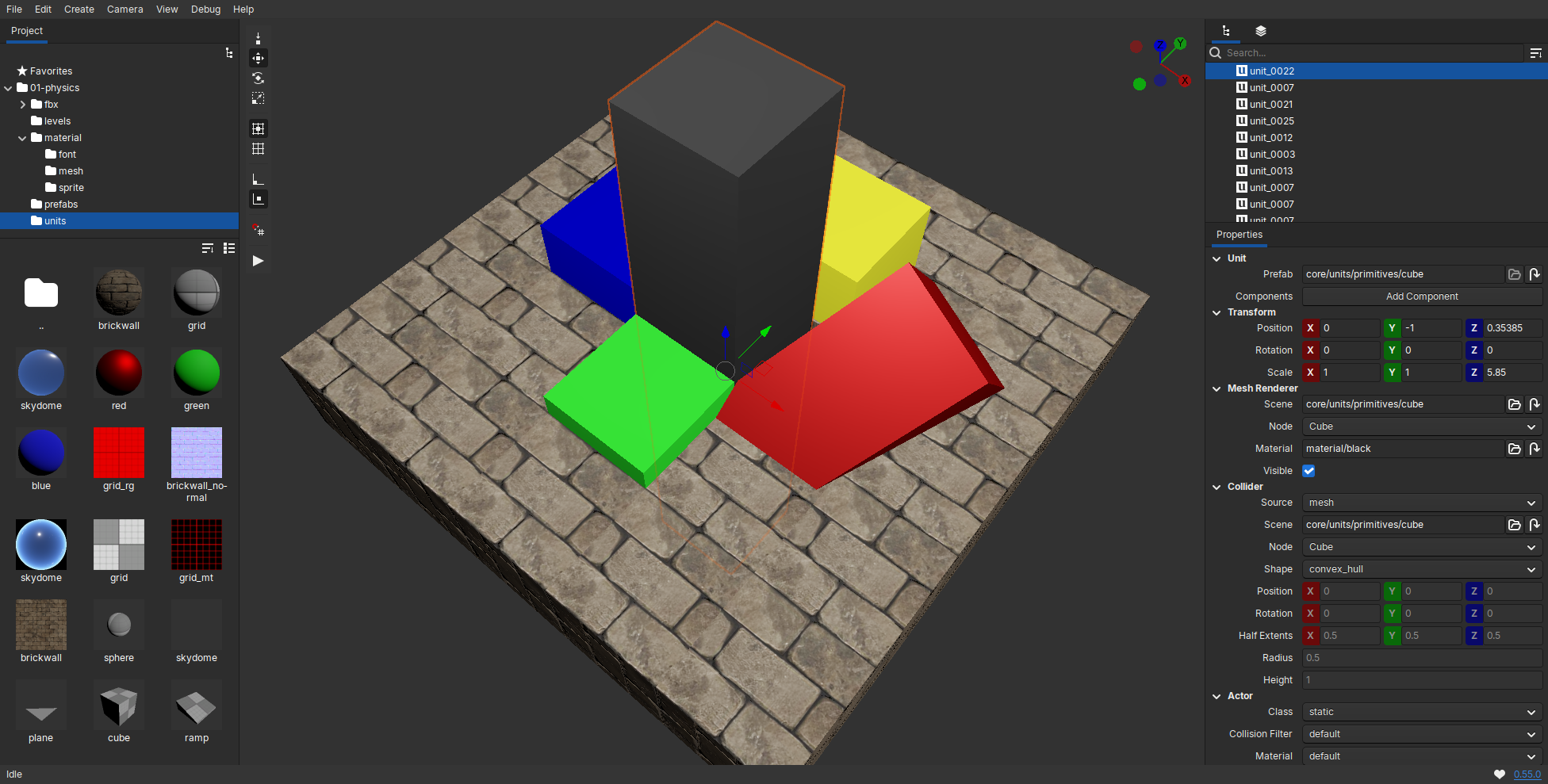

Remark: all the following rules expect an unit quaternion.
#VEC3 SAMPLE PACK HOW TO#
Where P1 is the rotated point and q -1 is the inverse of the quaternion q.ġ – how to transform a rotation axis into a quaternion.Ģ – how to transform a position into a quaternion.ģ – how to get the inverse of a quaternion. Now let’s see the fundamental relation that makes it possible to rotate a point P0 around an rotation axis encoded in the quaternion q: In 3D programming, we store quaternions in a 4D vector: Quaternions are the generalization of complex numbers in higher dimensions. s is called the scalar part while x, y and z form the vector part.

A quaternion is a 4D object defined as follows: We’re going to see how to use them in practice in a GLSL program to rotate a vertex.Ī quaternion can be seen as a object that holds a rotation around any axis. We’re not going to review quaternions in detail here, because I’m not a mathematician and it’s not the point. Quaternions are a fantastic mathematics tool discovered by Sir William Rowan Hamilton in 1843. Here is another method to transform the position of a vertex, using a quaternion to hold the rotation information. Vec4 worldPos = ModelMatrix * InPosition Loops for everyone! The first one's always free.In a vertex shader, the rotation and position are usually encoded in the model matrix and we have something like this: Maybe they should just cut out the middleman, scrap those enormous DJ fees, and everyone could take drugs while wiling out to Vengeance sample packs. Spacemen 3 once wrote "Taking Drugs to Make Music to Take Drugs To" it's clear that the prevailing attitude among EDM producers is "consuming content to make content to"-well, to take drugs to. They have no concept that creating is different from consuming.Īnd I'm not sure they're alone in this! In a contemporary mediascape defined by aggregation and Tumblr-style "curation"-and before a public that expects all dance music to sound exactly alike, conditioned by one-hour sets peppered with the same slim handful of identikit chart-toppers-why would they believe any differently? They have no concept that there's more to making music than combining readymade pieces. They feel no shame because for them, buying pre-made loops and plugging them into an arrangement (almost certainly with other pre-made loops) is the most natural thing in the world. Because it's clear that for these producers, who I suspect are all too representative of commercial EDM as a whole, they don't even think there's anything to get away with. But on second thought, the answer is actually more complicated, and more interesting. I was going to say, because they thought they could get away with it. Oizo-it is, after all, an iconic song-rather than copping to using a plug-and-play loop that they fucking know copies "Flat Beat", and, moreover, they know has already been used by someone else? Setting aside for a moment the fact that Nari and Milani clearly knew that the Vengeance sample they used sounded like "Flat Beat", because they indicate as much in their Facebook post, the real question is this: Why on earth would a pair of "producers" think that it was acceptable to copy the principal motif for one of their songs directly from a sample pack? Why aren't they mortified that they should have to admit to using generic, readymade content? Wouldn't it be a thousand times less embarrassing to just say that they copied "Flat Beat" from Mr.

Another user uploaded the sound to Zippyshare, and it's definitely the riff they used in "Triangle". Oizo song.)Ī commenter on their Facebook page located the sample apparently, it comes from the Vengeance Essential House Vol. (The hilarious thing is that if you Shazam "Triangle", Shazam thinks it's "Flatbeats", by an act called Lunde Bros.-a song that, sure enough, is based on the same damn Vengeance loop, but at least has the decency to be titled in homage to the Mr.


 0 kommentar(er)
0 kommentar(er)
